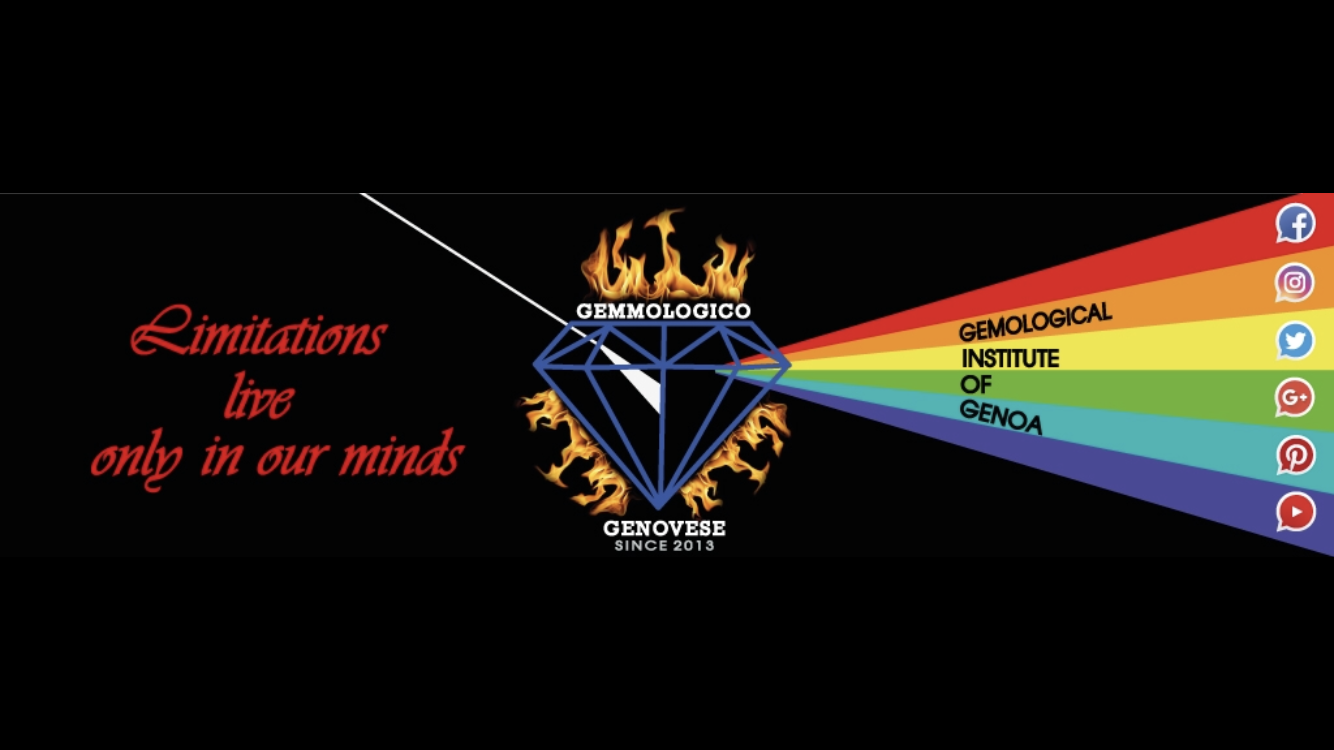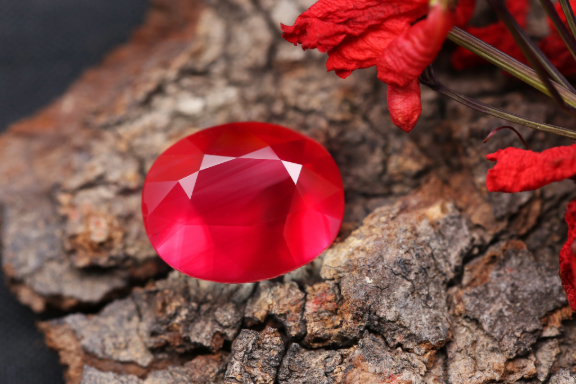
Pigeon Blood Ruby
[col type=”half”]
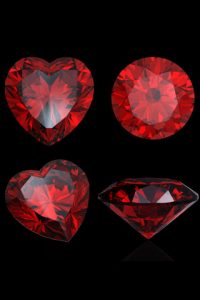
[/col]
[col type=”half last”]
Pigeon Blood Ruby: the Bloody Gemstone
Ruby is often associated with wisdom, power and desire; often Ruby is considered a Gemstone of love and passion because of its red color. Ruby’s name derives from the Sanskrit Ratnaraj, meaning “The king of precious stones.” Rubies were mentioned in Bible when Job said: “Wisdom is more precious than Rubies.” It gives us an understanding of Ruby’s long history as a sacred Gemstone and its association with the wisdom.
Ruby is the birthstone for July and the gem for the 15th wedding anniversary. For centuries, it has always been a centerpiece of best imperial jewelry collections. In fact, Rubies have always been worn by members of high society.
It can command the highest per-carat price of any colored stone. In 1988 at Sotheby’s auction, a 16-carat Pigeon Blood Ruby reached a price of $ 227,000 per carat, and easily surpassed the total price of 3 million dollars. In 2011 Elizabeth Taylor’s entire Jewelry collection containing several Rubies went to Christie’s auction. A ring from this magnificent collection, with a central ruby of 8.24 carats, broke all the records of that time, and jumped up to the astronomical figure of 512,925 dollars per carat.
I tell you the truth.. the term Pigeon Blood Ruby has always scared me off!
[/col]
[col type=”half”]
The Pigeon Blood Ruby of the Liberty Bell flew away.
Corundum is an aluminum oxide that is formed in rocks rich in aluminum and oxygen and low in silicon. Pure corundum is colourless, but such chromophoric element as chromium can make it red. The more chromium is present, the higher the saturation of a color is, and the softer its fluorescence is. The brightest and most valuable type of red is blood-red or pigeon’s blood. One such ruby, the Sunrise Ruby, the most expensive Ruby in history, was sold in May 2015 for a record $ 30 million to an anonymous buyer.
The Liberty Bell Ruby would be another beautiful example of pigeon’s blood red Ruby, if only you knew where it ended up. In 2011 this one-of-a-kind gem was stolen in a heist. And it was the largest mined Ruby in the world.
[/col]
[col type=”half last”]
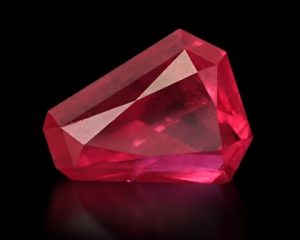
[/col]
[col type=”half”]
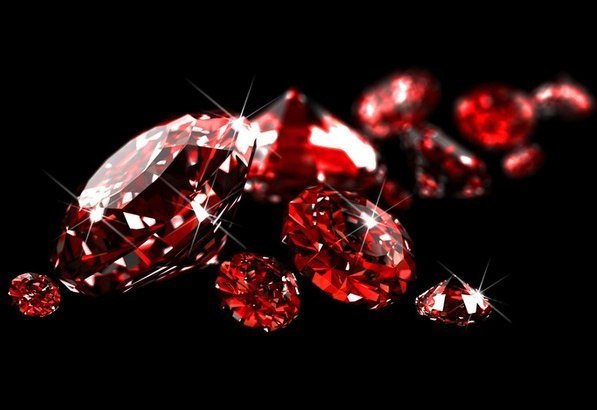
[/col]
[col type=”half last”]
Burma Ruby and gem smuggling
In the city of Mogok in Myanmar ( Formerly Burma) classic, pigeons-blood rubies are formed in marble from Himalayan Arc. High annual rainfall events cause erosion of the mountains and transport sediments in the alluvial areas.
The mine boasts fairly modern equipment, and recently it gave a birth to several beautiful gemstones. But we will never know for sure how many Gems have been extracted in the Mogok area, because a far greater number of them are smuggled by the dealers.
Besides the smuggling problem, there is another troubling aspect we should mention – there are a lot of fakes out there, and it can be hard to tell if a ruby is real. The story of the most famous Ruby which, in fact, was not a Ruby, immediately comes to mind. Yes, we are talking about the Black Prince’s Ruby. This irregular cabochon spinel of blood-red color weighing 170 carats was long believed to be one of the largest rubies in the world. The Black Prince’s Ruby is one of the oldest and most famous gem of all the British Crown jewels.
So, it was not only Cleopatra who adorned herself with “Emeralds” that were actually Peridots. The much worse thing happened to all the British rulers who have worn a Spinel since the time of Edward Woodstock (Black Prince), believing it to be a Ruby.
[/col]
[col type=”half”]
Cut and setting
Often Ruby crystal appears in a tabular form of hexagonal prism. It is too shallow to cut deep pavilions, so Rubies are usually cut into oval or cushion shape. But sometimes it can be of pyramidal or bipyramidal form. Such kinds of cut as Pear, Trillion, Emerald and Marquise are usually applied to the stones of top quality.
Because of the fact that it belongs to Corundum family, it has an extreme hardness, and can be easily mounted in rings using a prong setting – trilogy rings, anniversary bands, solitaire and illusion settings.
It’s fantastic when Ruby is coupled with Tanzanite. In 2011 it captivated all the experts of the sector and was called the couple of the year.
Rubies have often been used instead of Diamonds to embellish the magnificent Tappabuchi earrings (stud earrings) that are always original and produce a remarkable effect.
Not infrequently, they have been used to adorn the dangle earrings (drop earrings), giving life to the most fantastic and sexy artistic creations.
[/col]
[col type=”half last”]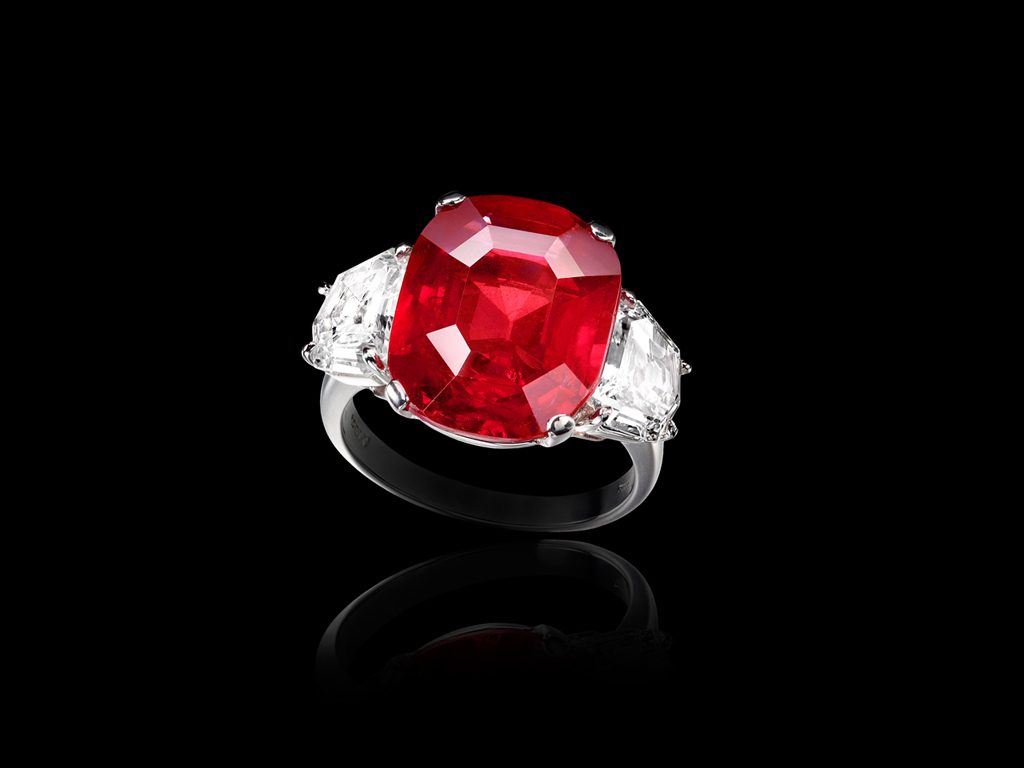
[/col]
[col type=”half”]
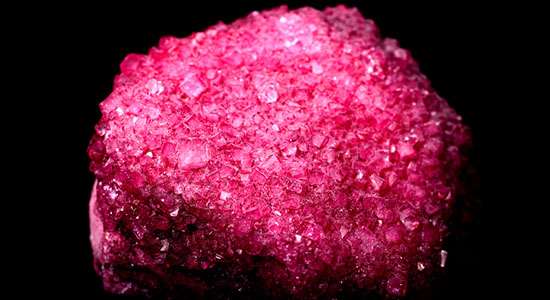
[/col]
[col type=”half last”]
Rubies scattered around the world
In addition to the legendary deposits in Mogok, we should also name Mong-Hsu, also in Myanmar, which remains the largest world’s source of commercial Rubies. Unfortunately, the political environment affect our understanding on how those resources have been exploited.
The Rubies from Pailin, located in neighboring Cambodia, are identical to those found in Thailand, since they are located in the same geographical area. They are tended to be of a dark red color.
Rubies in Sri Lanka make up just a small part compared to the number of Sapphires produced on this island.
The most important deposit of Kenyan Rubies is located in Tsavo West National Park. In particular, two mines located there are very famous: Penny Lane Mine and John Saul Mine. It is estimated that they can still be exploited for 20 years.
The deposits in Tanzania are located in a very famous Umba River Valley. Those localities are: Morogoro, Longido, Lossogonoi, Tunduru.
In Madagascar, famous for the finest Sapphires, two deposits have had a significant impact on the world market: Vatomandry and Andilamena.
And last but not least, Vietnam, with the Luc Yen mine, considered by many experts to be the most promising mine of the modern era producing high-quality Rubies.
[/col]
[col type=”full”]
[btn link=”https://www.youtube.com/channel/UCE4HxFFklFAykHkOJ2JXDAQ” color=”red” size=”size-l” target=”_blank”]Enroll For Free in the Youtube Gemology Course Online[/btn]
